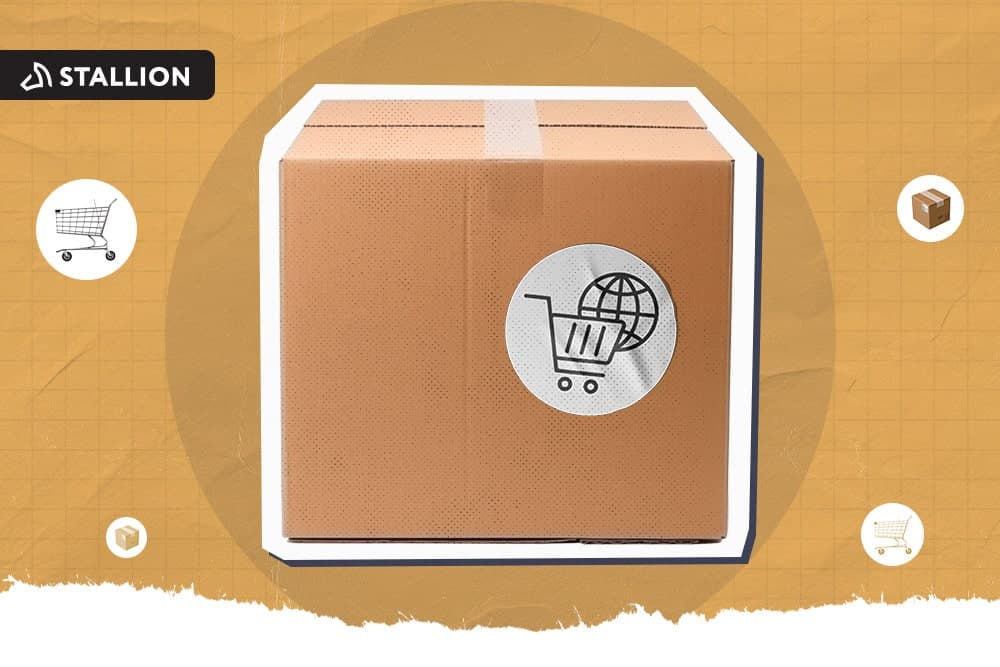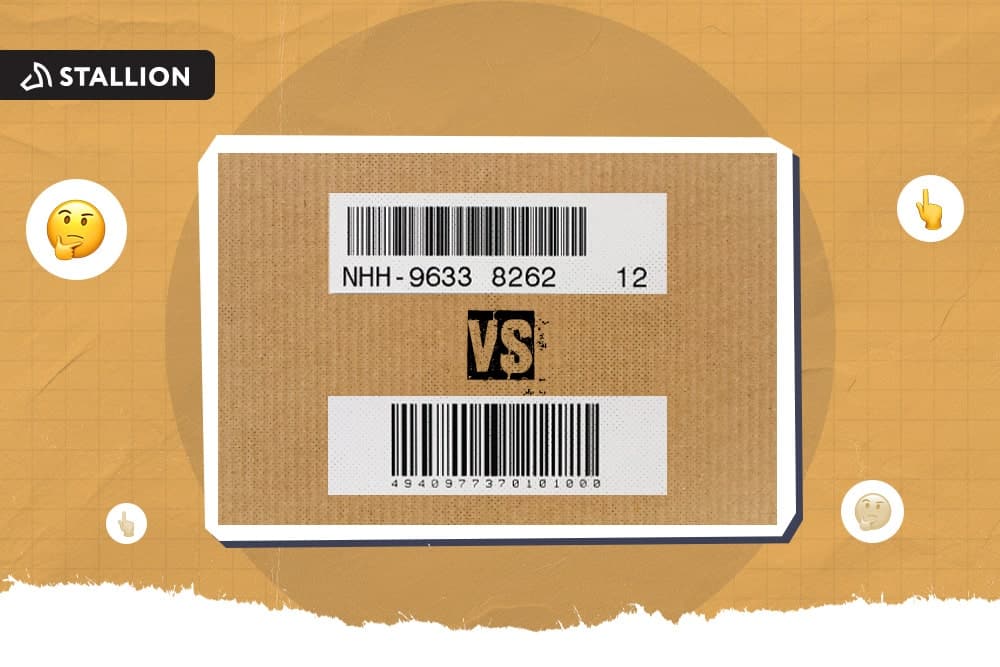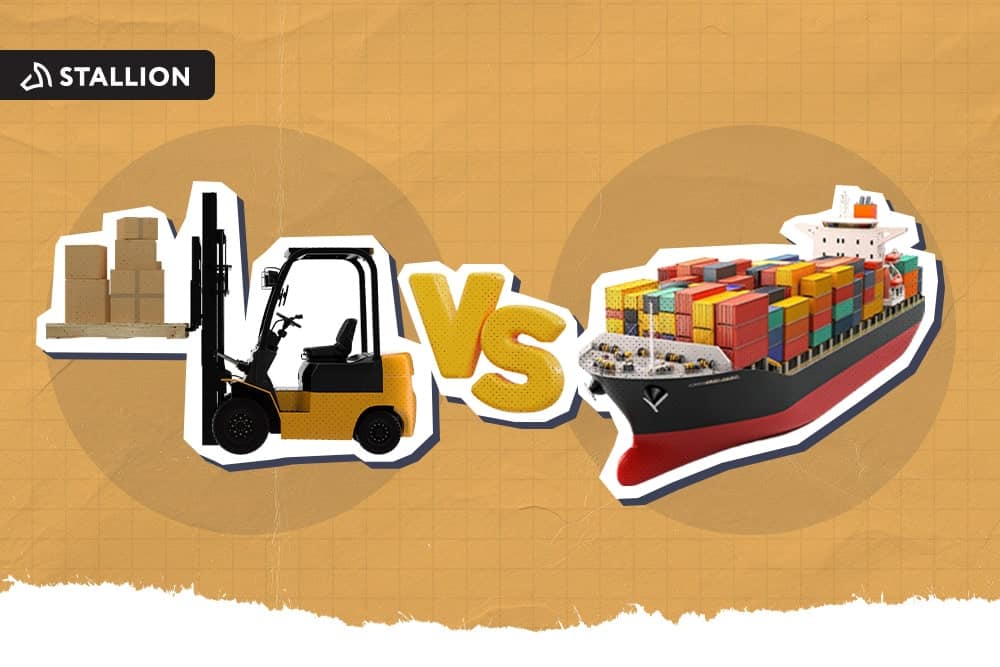
As people’s time spent online increased, business owners rode the trend and brought their products online where the buyers are, hence the rise of e-commerce. With the same-day delivery and free two-day delivery options, the reign of online shopping seems unstoppable. What's more, the potential buyers aren’t limited to just the local market. E-commerce has made it possible even for small businesses to be shipping from Canada to other countries.
Shipping is the last part of the order fulfillment process. Sending your products to countries with different laws and regulations requires more extensive paperwork compared to when you're making a local shipment. As a seller, you wouldn’t want missing paperwork to cause unnecessary hassle and expensive delay when you're just about to reach the finish line.
To ensure a seamless shipping process, here are four documents that you should pay special attention to.
The commercial invoice is equivalent to your local receipt or proof of purchase. How does a commercial invoice differ from a regular receipt? The former is more detailed. A commercial invoice should summarize the purchasing agreement between you (the sender) and your customer (the receiver). It should contain the following:
Once your package lands in its destination country, it will be subject to customs inspection to ensure that it is fit to enter the country and clear of prohibited contents. Customs clearance in the destination country can take 30 minutes to a couple of weeks. Thus, you should ensure that you provide complete and detailed product information to make the clearance process faster.
Each product in the package should have a label containing the following details:
As the name states, the Certificate of Origin (CO) is a document stating where the products came from. Customs officers in the destination country use this to determine if the products are subject to tariffs. There are two kinds of COs: preferential and non-preferential.
You should fill out the preferential CO if the destination country has an FTA with Canada. It means the products are free of tariff charges. For countries without an FTA with Canada, the non-preferential CO should be used. The CO has no universal format and would depend on the destination country.
Canada has three major Free Trade Agreements, namely:
Like the commercial invoice and customs documentation, the bill of lading (BOL) is a document necessary for the clearance of the package in the destination country. The BOL is a summary of the package's contents, including the item count, weight, product details, price and export date. A BOL is required per pickup location of the package. If the package is picked up in three warehouses, you will have to provide a BOL for each warehouse.
Sending products overseas can be intimidating, especially for first-time sellers and small business owners. Questions such as ''How long does Canada standard shipping take?'' or ''How much is shipping from Canada to the US?'' can cause newbies to back down. Fortunately, there are shipping solution providers that are ready to assist you in expanding your business overseas.
If you want to learn how to streamline the process of shipping from Canada while ensuring both customer satisfaction and business continuity, make sure to contact Stallion Express today so that we can address your specific needs.
Aman looks after the content marketing department at Stallion Express. He is passionate about helping businesses grow by providing informative and up-to-date trends in the eCommerce industry. Outside the office, you can find him on the soccer field cheering on Real Madrid.



Can our fellow Torontonians relate?
-
#smallbusiness #business #entrepreneur #socialmedia #shipping #ecommerce #canadianecommerce #shopify #poshmark #b2b #saas #etsy #ebay #canada #canadiansmallbusiness #shoplocalcanada #entrepreneur
#toronto

Here’s your quick hassle free shipping from 🇨🇦 to 🇺🇸 as a business owner!
-
Any questions?! Leave them 👇🏻 and save this video so you don’t forget!
-
#smallbusiness #business #entrepreneur #socialmedia #shipping #ecommerce #canadianecommerce #shopify #poshmark #b2b #saas #etsy #ebay #canada #canadiansmallbusiness #shoplocalcanada #entrepreneur

Meet @drinkbenny a 🇨🇦 female founded energy drink brand! Instead of focusing on their products, they’re taking a unique approach by hosting in person events in different Canadian cities to offer an experience for their community 🧡
-
What are your thoughts on in person events? 💭
-
#smallbusiness #business #entrepreneur #socialmedia #shipping #ecommerce #canadianecommerce #shopify #poshmark #b2b #saas #etsy #ebay #canada #canadiansmallbusiness #shoplocalcanada #entrepreneur

Do you know the difference between DDU and DDP when shipping internationally 🌏 ?
-
Questions? Leave them below! 👇🏻
-
#smallbusiness #business #entrepreneur #socialmedia #shipping #ecommerce #canadianecommerce #shopify #poshmark #b2b #saas #etsy #ebay #canada #canadiansmallbusiness #shoplocalcanada #entrepreneur

Here’s a quick hack to save time from choosing multiple postage options
↪️ Turn on the lowest postage rate automation to save you time!
-
Questions? Leave them below! 👇🏻
-
#smallbusiness #business #entrepreneur #socialmedia #shipping #ecommerce #canadianecommerce #shopify #poshmark #b2b #saas #etsy #ebay #canada #canadiansmallbusiness #shoplocalcanada #entrepreneur
